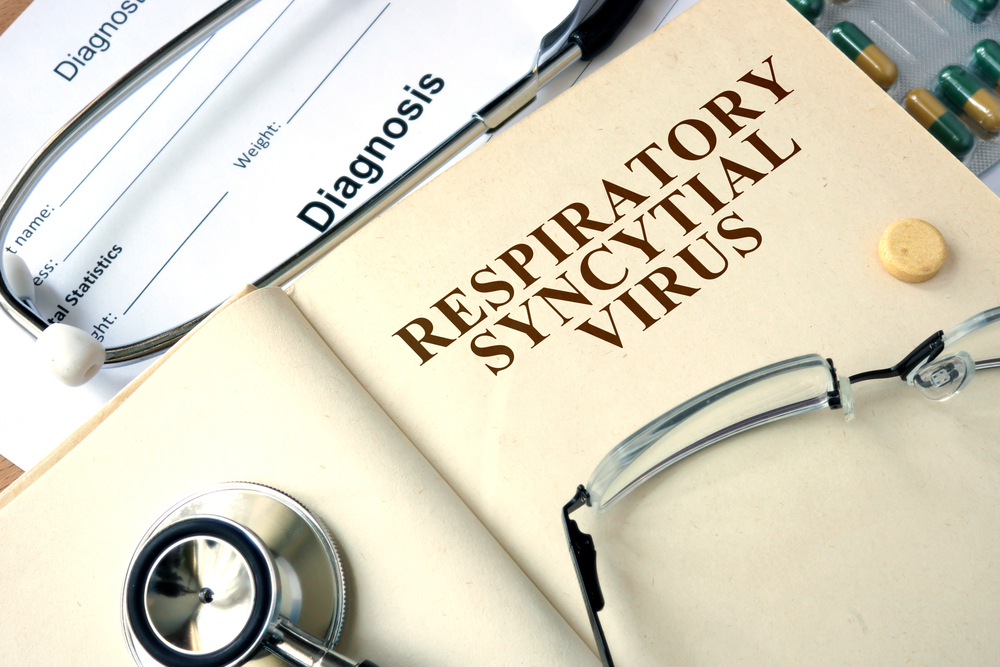Diagnosis
A person may be diagnosed of RSV based on a physical exam and the time of year of the infection. During the exam, your doctor may listen to the lungs with a stethoscope to check for wheezing or other abnormal sounds.
Your doctor may also use:
- Painless skin monitoring (pulse oximetry) to check whether the level of oxygen available in the bloodstream is lower than usual
- Blood tests to check white cell counts or to look for the presence of viruses, bacteria or other organisms
- Chest X-rays to check for pneumonia
- Lab tests of respiratory secretions from your nose that check for the virus
Treatment
In general, treatment for respiratory syncytial virus involves self-care measures to make your child more comfortable (supportive care). Hospital care may be needed in severe cases.
- Supportive care-Your doctor may recommend an over-the-counter medication such as acetaminophen (Tylenol, others) to reduce fever. Your doctor may also prescribe an antibiotic if there’s a bacterial complication, such as bacterial pneumonia.
Otherwise, keep your child as comfortable as possible. Offer plenty of fluids and watch for signs of dehydration, such as dry mouth, little to no urine output, sunken eyes and extreme fussiness or sleepiness.
- Hospital care- Severe cases may be necessary to provide intravenous (IV) fluids and humidified oxygen. Hospitalized infants and children may also be hooked up to mechanical ventilation — a breathing machine — to ease breathing.
In some severe cases, a nebulized bronchodilator such as albuterol (ProAir HFA, Proventil-HFA, Ventolin HFA) may be used to relieve wheezing. This medication opens air passages in the lungs.


